Short Sword Fighting Styles: Mastering Close Combat
NO AI USED This Article has been written and edited by our team with no help of the AI
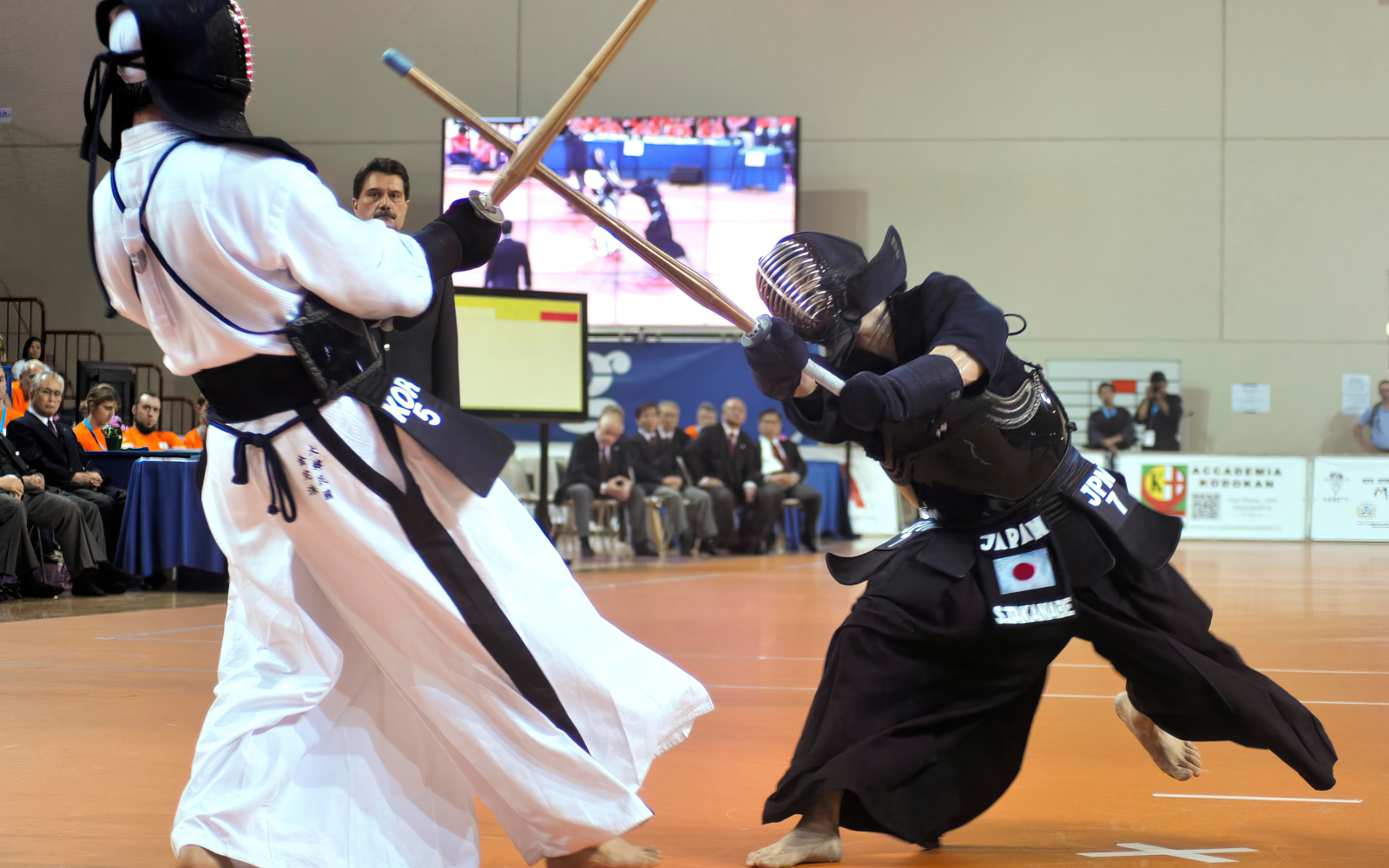
There are many short sword fighting styles around the world as these blades were often used throughout history due to their versatility and agility, especially in close quarters combat. In this article, we explore the different short swords from various regions and the short sword fighting styles associated with it.
A Brief Understanding of Short Swords
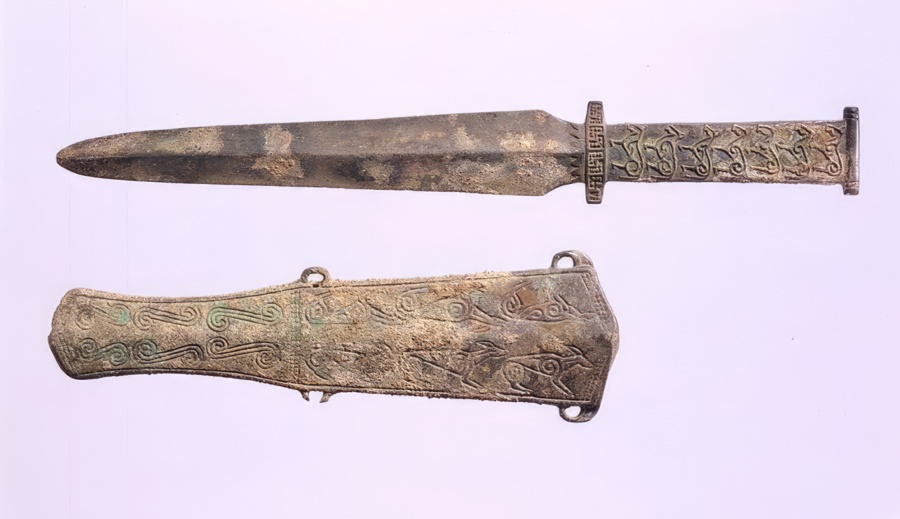
Although there are many different types of short swords from various regions globally, most of them usually measure less than 25.6 inches (65 cm). They come in a plethora of different designs such as those focusing on speed while others feature broader blades for slashing.
Due to the limitations of metallurgical knowledge, short swords were the first swords in history. In the beginning, these short swords were mostly made of bronze, and later iron, serving as a weapon and also ceremonial tool. With the introduction of steel, the stronger blades means that they are now weapons that should be taken seriously.
Although some of these blades were primary weapons that relied on larger shields for protection, most were sidearms that could be used as a last resort or in close combat. In some cultures, they also represented their owner’s status and rank.
Japanese Short Sword Fighting Styles
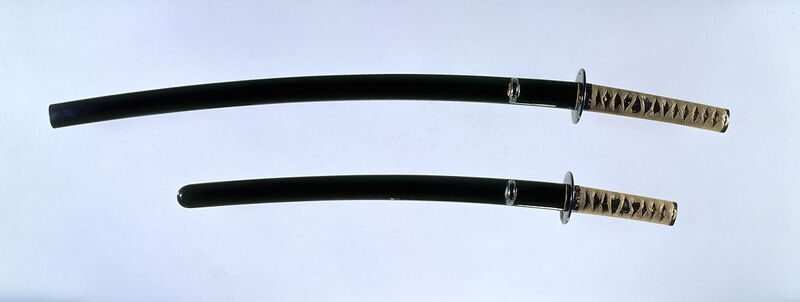
Japanese swords began with the tsurugi and chokuto with straight double edged blades. The curved Japanese swords we know today only emerged during the mid-Heian period, the first being the tachi. Due to the need for faster combat response during the Sengoku period, two types of uchigatana were developed: the longer katana and shorter wakizashi which were designed primarily for slashing.
Japanese Martial Arts Schools

Due to its shorter length, there are unique techniques and styles developed for close quarters combat. Some schools such as Tenshin Shoden Katori Shinto Ryu and Yagyu Shinkage Ryu incorporate wakizashi training, focusing on agility, speed, and versatility.
Hyoho Niten Ichi Ryu
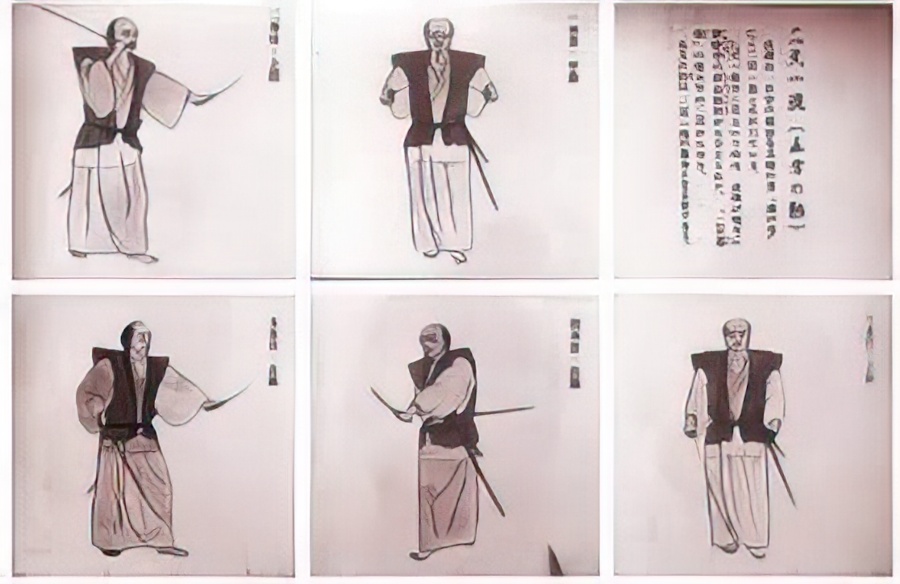
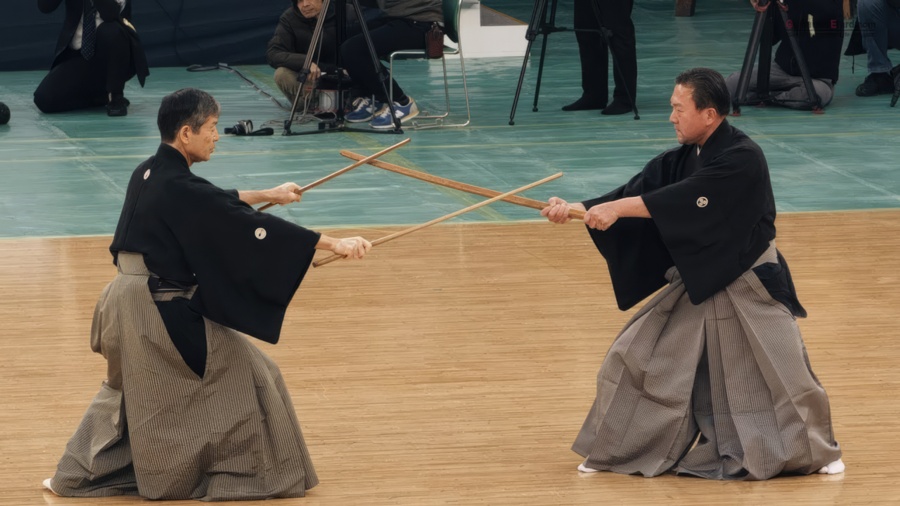
One of the most famous schools that uses the wakizashi is the Hyoho Niten Ichi Ryu (二天一流), or “school of the strategy of two heavens as one”. This is an ancient school that teaches the classical Japanese swordplay conceived by Miyamoto Musashi. This school uses the two-sword technique consisting of a katana and wakizashi.
The general principle of this technique is to defend with one sword and counterattack with the other. Since Japanese blades were differentially hardened to give it excellent edge retention, they were one of the best swords for attacking and self-defense.
Although Musashi’s technique is the most famous, there were other schools that also used the dual wielding technique.
Kodachijutsu
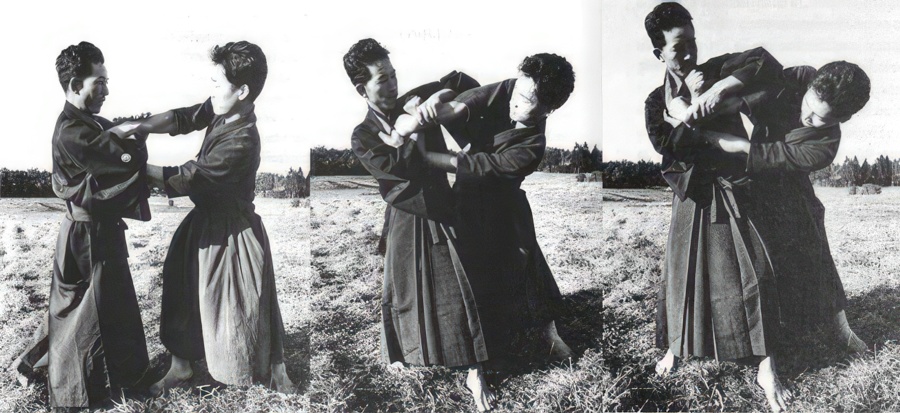
Kodachijutsu (小太刀術) or “swordmanship of a short sword” is a style using the wakizashi, established during a time when the Japanese short sword was popular. Training uses wooden swords sized like short swords from when the school was established. Note that there are few swordplay schools that specialize in this style.
The main techniques consist of irimi, a technique that avoids an attack by stepping into the dead zone of the opponent. It also utilizes other techniques like jujutsu, defense methods without weapons. Some of the most famous schools for kodachijutsu are the Chujo school and its branch, Tomita school.
The following are some martial arts that include some forms that use the wakizashi.
Kenjutsu
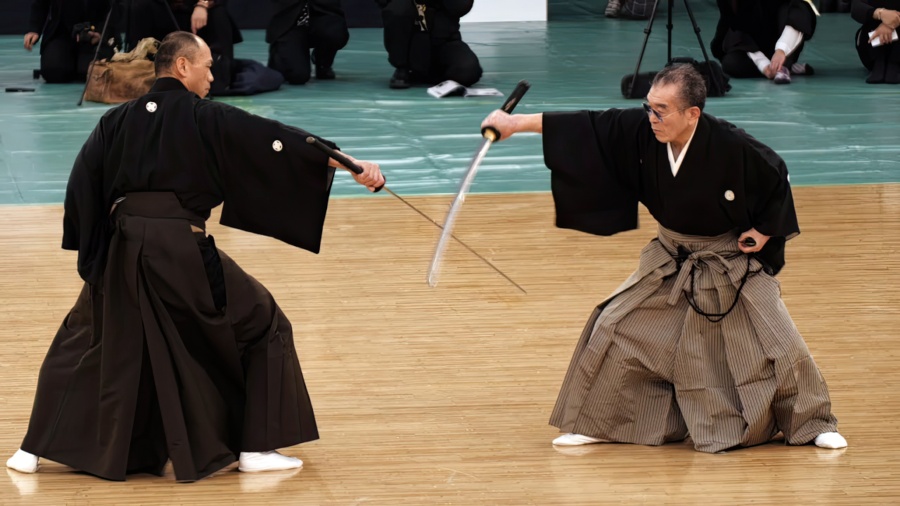
Kenjutsu or art of the sword is a performance art where practitioners perform prearranged kata (movements). Beginners train using bokken (wooden sword) of similar weight and size to the katana. It also teaches techniques using the wakizashi for situations when the katana is not practical.
Iaido / Iaijutsu
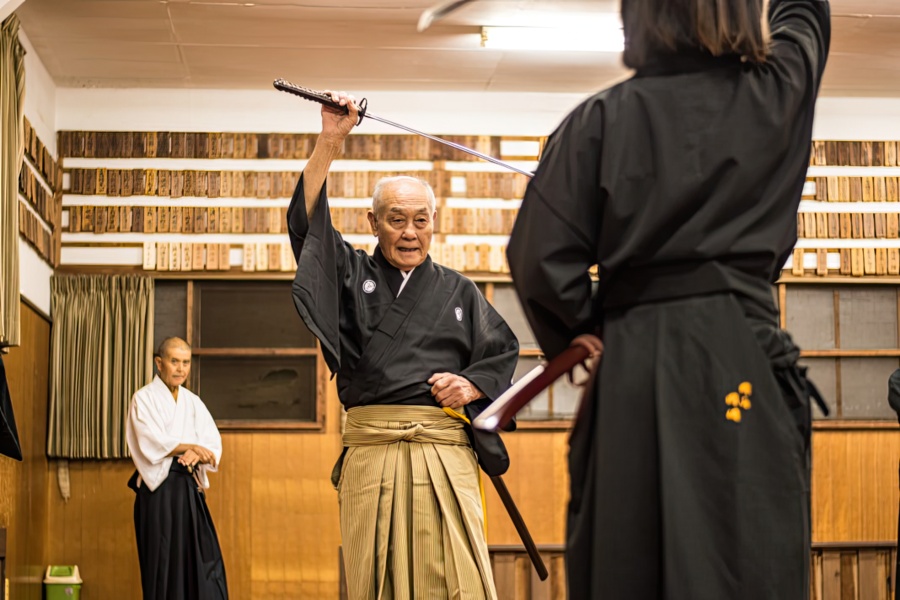
While the terms “iaido” and “iaijutsu” are often used interchangeably, there are subtle differences. Both focus on practitioners learning how to unsheathe and draw their sword quickly. However, iaijutsu is broader, often associated with schools while iaido is often practiced alone without guidance from a specific school.
Students practice using an iaito (unsharpened metal sword) or an unsharpened katana or wakizashi to develop their techniques. During tameshigiri (test cutting practice), a shinken or live blade can be used.
Kendo
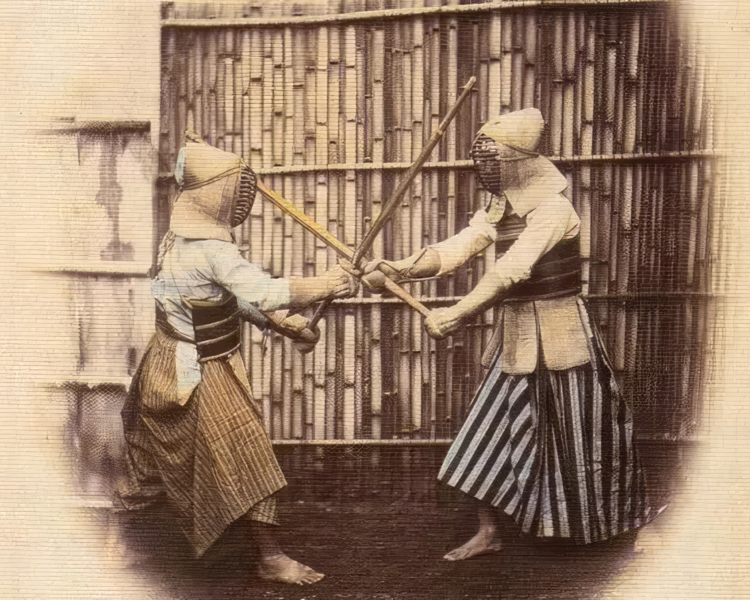
“Kendo” or “way of the sword” is a traditional Japanese martial art that dates back to feudal Japan. Believed to be pioneered by Naganuma Shirōzaemon Kunisato, he encouraged two practitioners to spar using bamboo swords and protective body armor.
Kendo practitioners are taught both the daito (longsword) and shoto (short sword) stances along with specific footwork. A good example would be a treatise written by Paul Budden, titled “Looking at a Far Mountain” that covers short sword forms suitable for the kodachi and wakizashi.
Tankendo

Tankendo, meaning “way of the short sword” , is a practice based on traditional Japanese short sword techniques. Highly similar to kendo, the only differences are:
- Training uses a short bamboo sword measuring 20.9 inches (53 cm)
- Kendo armor is used, but practitioners wear only the right kote (glove) and urabuton under the right axillary region
- Targets are the same as kendo, but with the addition of dō-tsuki and seitai-zuki
European Short Sword Fighting Style
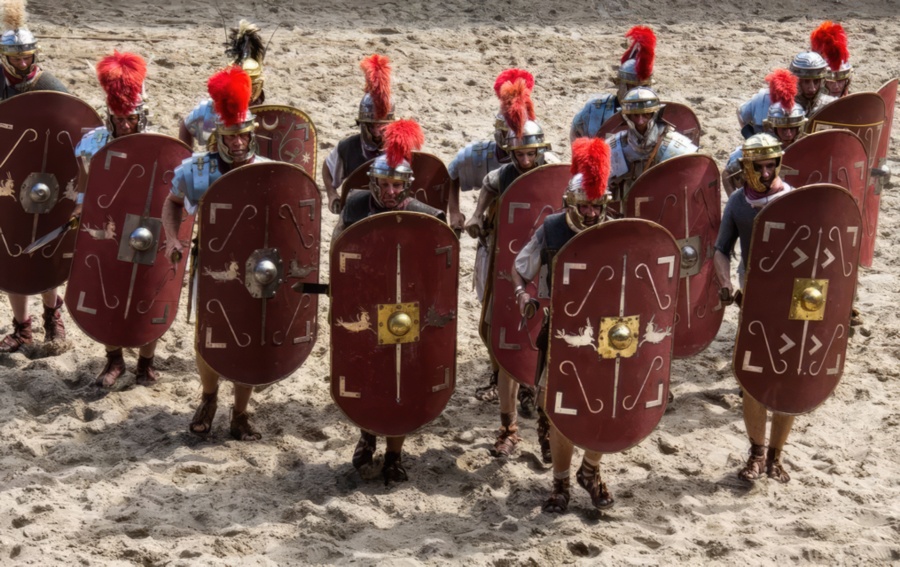
The short sword dominated Europe during ancient times. Although there are no known texts or treatises that exist on how ancient short swords were used, we know that swords such as the Iberian falcata were used for powerful slashing and blunt force attacks. Meanwhile, the Greek xiphos and Roman gladius with leaf-shaped blades were designed for thrusts.
In Europe, the short sword was often used with a shield. It was especially effective with the gladius-wielding Romans who formed tight ranks. During the Middle Ages, larger swords replaced the short swords such as the Viking and arming swords.
However, short swords made a comeback during the Renaissance and Late Middle Ages through the German messer and the Italian cinquedea that could be used for 16th-century dueling with bucklers.
African Short Sword Fighting Style
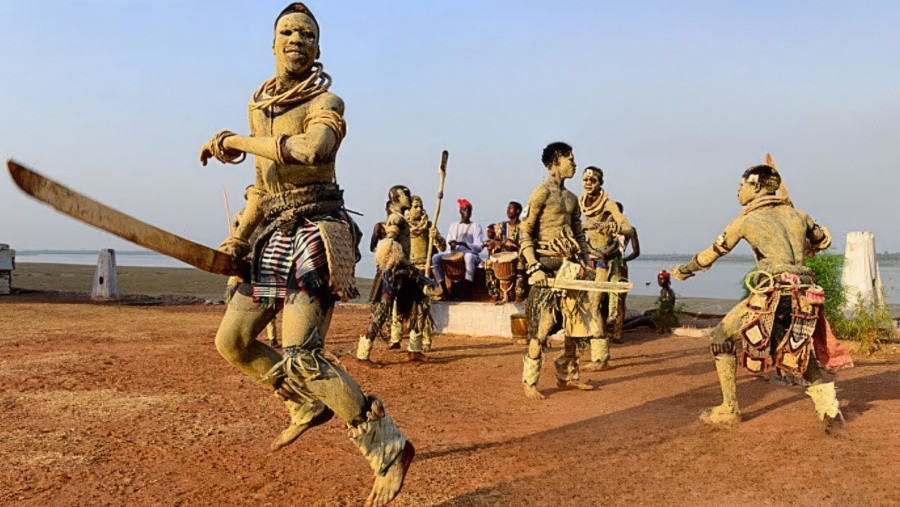
The continent of Africa is home to some of the earliest short sword fighting techniques such as those seen with the Bronze Age khopesh sword. These styles further evolved and spread throughout the rest of Sub-Saharan Africa resulting in different styles.
Sticks used in training allowed students to practice slashing strikes in conjunction with the use of a larger shield or a buckler. In some cases, grappling and throwing techniques were also included. Many of the strikes also left an impact on traditional African dancing such as Agbekor or the N’aye.
Today, some of the most popular African short sword styles are the Egyptian Tahtib in some regions, Ethiopian sword and buckler, Al Matrag, Akrafena, etc. These martial arts use different types of swords such as a shotel, flyssa, manding, ada, ol alem, ngombe and more.
Chinese Short Sword Fighting Style
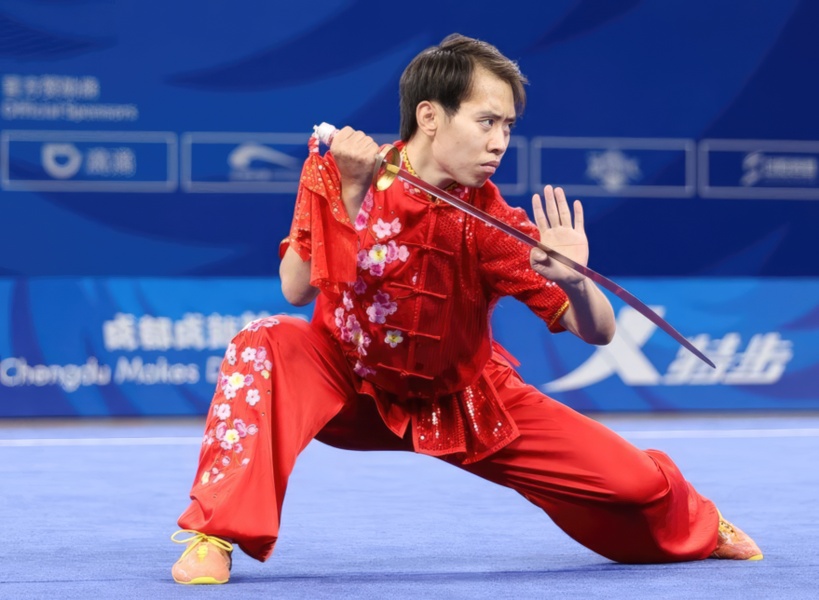
China is home to some of the most iconic one-handed swords: the curved and single-edged dao and the straight and double-edged jian. These blades were at first short swords used in combination with a hide shield, the popular double-arc shield, and the famous rattan shield.

Although blade lengths increased during the Han and Tang Dynasty (2nd-10th century CE), short swords such as the hudiedao (butterfly swords) were once again produced in the Ming and Qing Dynasty (14th-20th century CE) for close quarter combat. In fact, hudiedao techniques such as those in the Jixiao Xinshu treatise were taught to the soldiers.
Today short swords such as a short jian called duan jian, nandao, hudiedao, or dual-wielded niuweidao are often used in Chinese Wushu or Kung Fu.
Thai Short Sword Fighting Style
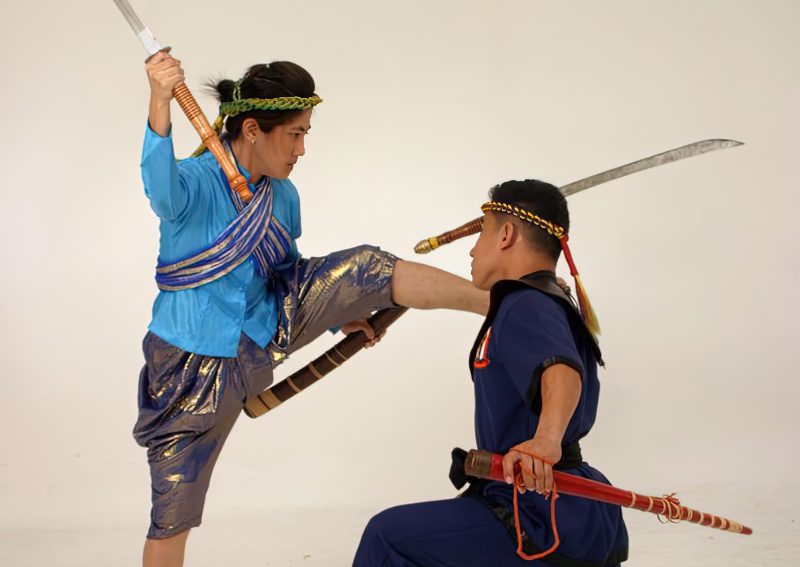
One of the flashiest short sword fighting styles is seen in Krabi Krabong, a martial art originating and widely practiced in Thailand. Believed to have been developed during the 18th century, various short swords are used, one of the most popular being the krabi or dha sword.
Like a saber, it has a single-edged curved blade without a handguard and can be wielded with one or two hands depending on the situation. Trainees focus on quick slashing strikes, incorporating offense and defense strategies that are common in Muay Thai, such as a roundhouse kick, diagonal kick, half-shin or knee kick, and more. It also utilizes grappling and throwing techniques.
South America & The Caribbean Short Sword Fighting Styles
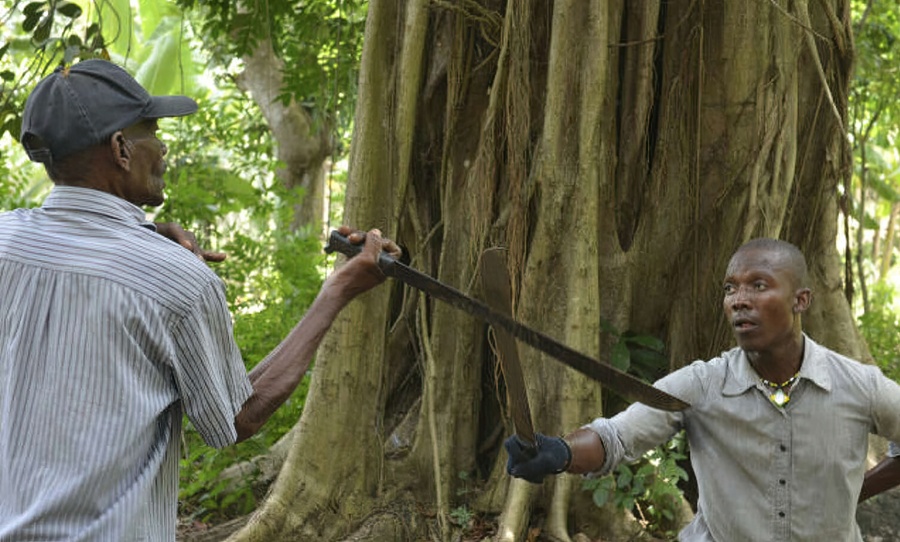
In parts of South America and Caribbean Islands, their short sword fighting style is often a combination of African and European martial arts that generally incorporates the machete.
Some of the most notable styles include the Columbian Grima, Brazilian Capoeira, and Haitian Tire Machet.
These self-defense techniques can be used against multiple enemies at once and may involve grappling, throwing, and various guerrilla tactics that were very successful in some cases, and has even led to independence.
